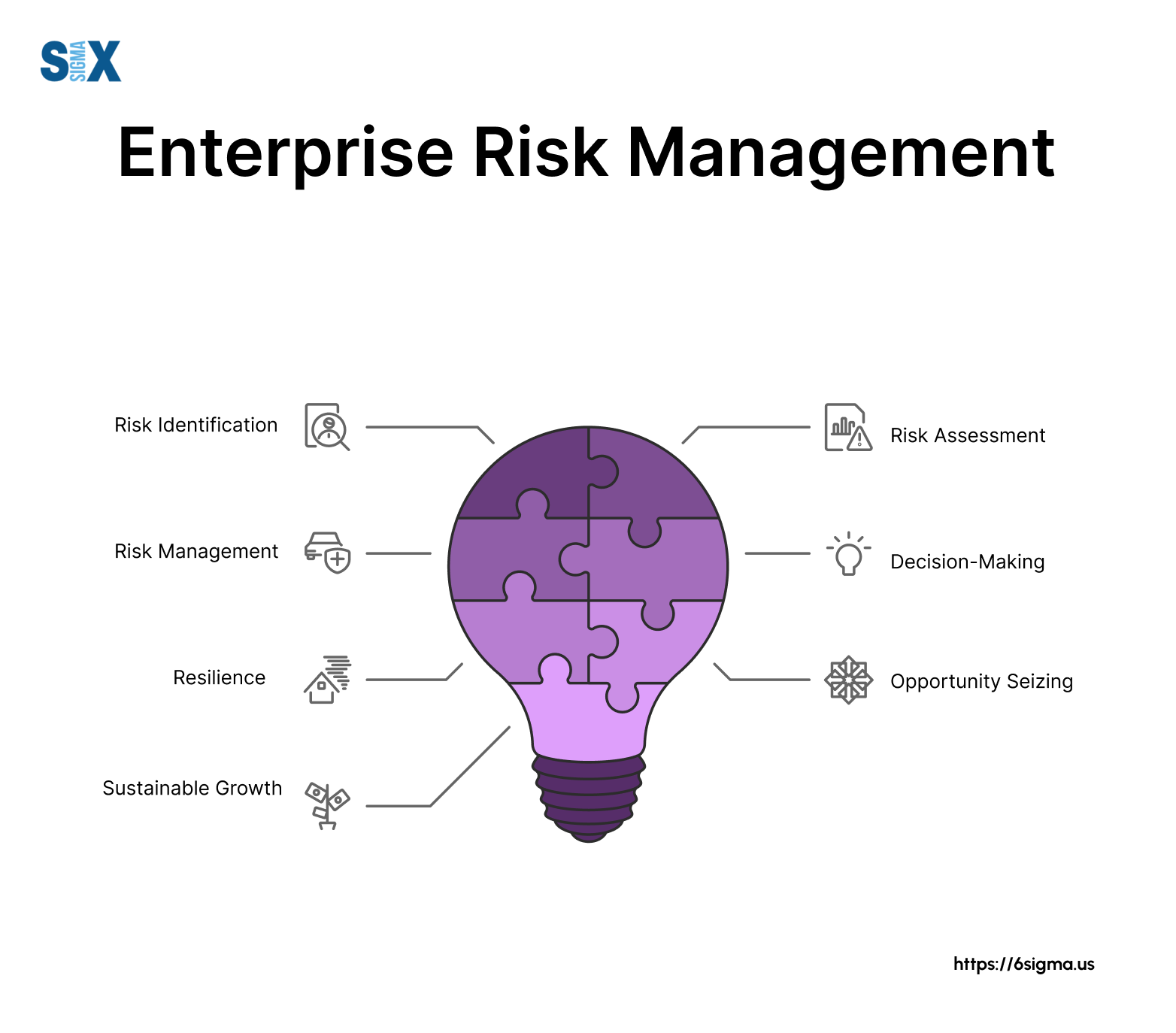Checking out the Value of Risk Management for Effective Decision-Making Techniques
In the elaborate globe of organization, Risk Management becomes a vital factor in the decision-making procedure. The capability to recognize potential threats and possibilities, and strategize as necessary, can lead to the difference in between success and failing. With devices such as SWOT and PESTEL, companies are equipped to make educated options, cultivating resilience and adaptability in an ever-changing atmosphere. Wondering exactly how this functions? Let's unload the characteristics better.
Understanding the Concept of Risk Management
Risk Management, a crucial component in decision-making, is usually misconstrued or oversimplified. Risk Management involves disciplined and organized techniques, using information and insightful evaluations. From economic unpredictabilities, lawful liabilities, calculated Management errors, to crashes and all-natural disasters, it resolves numerous threats - importance of risk management.
The Function of Risk Management in Decision-Making Processes
In the realm of calculated planning and organization operations, Risk Management plays an integral function in decision-making procedures. It aids in recognizing potential hazards and uncertainties that can impact the achievement of service objectives. By tracing these risks, companies can formulate approaches to minimize their influence, ensuring company continuity and security. Risk Management hence comes to be a vital device in decision-making, helping leaders to make informed choices based on a thorough understanding of the dangers involved. It urges an aggressive technique, making it possible for organizations to expect and prepare for feasible future scenarios. This considerably minimizes the likelihood of negative repercussions, advertising more efficient and efficient decision-making approaches. Risk Management offers as a crucial element in the decision-making procedures of any type of company.

Exactly How Risk Management Enhances Strategic Planning
In the context of critical preparation, Risk Management plays an essential role. Initiating with the identification of possible threats, it additionally reaches the execution of Risk reduction measures. The duty of Risk Management is dynamic however not static, as it demands consistent monitoring and adjusting of strategies.
Identifying Prospective Dangers

Applying Risk Reduction
Risk reduction strategies can vary from Risk evasion, Risk transfer, to take the chance of reduction. Each method ought to be these details customized to the particular Risk, considering its prospective influence and the organization's Risk resistance. Effective Risk mitigation requires a deep understanding of the Risk landscape and the potential influence of each Risk.
Surveillance and Readjusting Approaches
Though Risk mitigation is a vital action in critical preparation, constant monitoring and modification of these strategies is just as essential. It additionally supplies a chance to examine the success of the Risk Management measures, permitting modifications to be made where needed, further improving critical planning. Surveillance and changing Risk Management methods is a critical component for improving an organization's strength and calculated preparation.
Case Researches: Effective Risk Management and Decision-Making
In the world of business and money, effective Risk Management and decision-making often offer as the pillars of thriving enterprises. These situations highlight the worth of sharp Risk Management in decision-making procedures. These situations highlight the vital function of Risk Management look at more info in calculated decision-making.
Tools and Strategies for Reliable Risk Management
Browsing the elaborate puzzle of Risk Management calls for the best collection of devices and strategies. These devices, such as Risk signs up and warm maps, aid in identifying and assessing possible dangers. Strategies include both measurable approaches, like level of sensitivity analysis, and qualitative methods, such as SWOT analysis. These assistance in prioritizing dangers based on their potential effect and likelihood. Risk response techniques, a key element of Risk Management, entail accepting, avoiding, transferring, or mitigating risks. Surveillance and regulating risks, via regular audits and evaluations, ensure that the methods stay effective. With these devices and techniques, decision-makers can navigate the facility landscape of Risk Management, consequently facilitating educated and efficient decision-making.
Future Trends in Risk Management and Decision-Making Methods
As we check out the huge landscape of Risk Management, it ends up being obvious that the devices and techniques utilized today will continue to evolve. The idea of Risk culture, where every participant of a company is aware and included in Risk Management, will certainly get much more go to website importance. These patterns herald a more comprehensive and proactive approach towards Risk Management and decision-making.
Verdict

Risk Management thus becomes an essential device in decision-making, aiding leaders to make educated selections based on a detailed understanding of the threats entailed. Risk mitigation methods can vary from Risk evasion, Risk transfer, to take the chance of reduction (importance of risk management). Effective Risk reduction needs a deep understanding of the Risk landscape and the prospective influence of each Risk. Risk action techniques, a key element of Risk Management, include accepting, preventing, moving, or mitigating dangers. The idea of Risk society, where every member of an organization is conscious and involved in Risk Management, will acquire a lot more importance